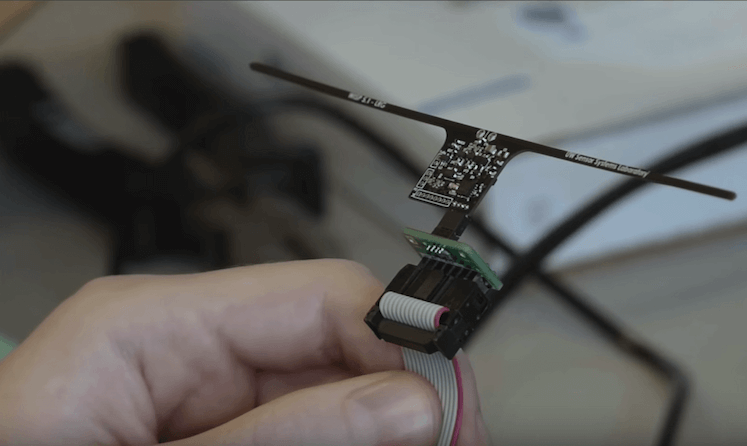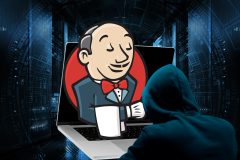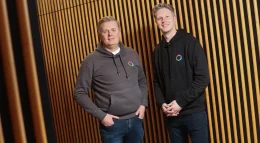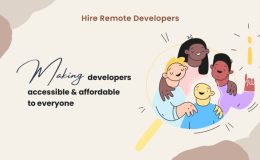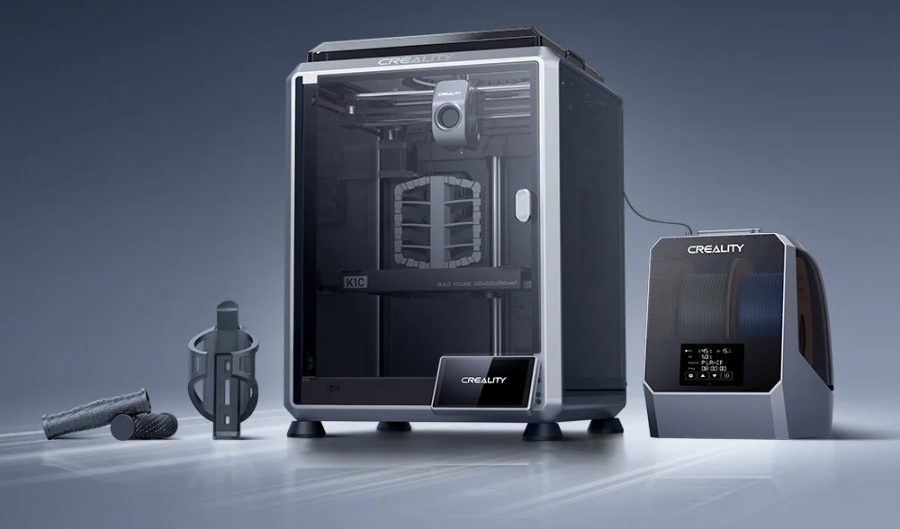
Given Zemlin’s unique perspective as someone at the heart of the open source community (see Part I of this interview), I was keen to hear his views on why he thought Linux was becoming so successful in the embedded sector. His analysis was interesting:
“Linux has reached this critical mass in terms of hardware device support that people don’t quite appreciate. It’s almost like the network externality that Microsoft achieved with the Windows API, that everybody wrote to Windows, and that’s why Windows was so valuable. Well, every SOC [System on a Chip] vendor, all the silicon guys, all the device guys, they all use Linux to test their silicon to create devices. If you want to create something with Linux, all the off-the-shelf components already work for it, fast – that’s a big deal, that’s why it’s so popular in embedded systems. It’s cheap, it’s free, it’s time-to-market, it works with all these devices because everybody uses it.”
This is almost an invisible revolution that has taken place: while people have been obsessing about whether GNU/Linux would ever take over the desktop, it has been successfully taking over the embedded market, as device after device supports Linux as a matter of course. The end result, as Zemlin rightly underlines, is that manufacturers now routinely turn to Linux to run their systems because so much of the work has been done for them.
Zemlin also thinks another major trend is driving the current rise of Linux:
“The move towards a service industry is the other key thing where Linux is aptly suited to succeed. In Silicon Valley, if you’re a hot start up building a Web-based company, you don’t buy any software to build it, you don’t buy any hardware to build it. You use open source to create it, you fire it up on [Amazon’s] EC2 or on the many other cloud-service providers. The cost of capital is really really cheap – you don’t need much capital because you’re not buying big racks of Sun servers. Google couldn’t be where they are without Linux – [neither could] Amazon and Facebook.
You see the same thing happening in consumer computing, where the Kindle is being sold for less than it costs to produce. Where [Amazon’s Chairman and CEO] Bezos is on stage saying: we don’t view the Kindle Fire as a product, we view it as a service. And what did they use to create that product? Linux and open source. It just makes sense if you are going to be in the service business that you use free software to do it. Not only because it’s cheaper and faster, but there is no intermediary between you providing the service and the customer consuming the service. It’s a humongous difference.”
The other area I wanted to explore with Zemlin was Linux in Asia. As the head of a global organisation that is active in that part of that world, Zemlin can see the bigger picture of what’s going on in this notoriously inscrutable but hugely important market.
“What I see a lot in Asia is a hardware companies knowing that they need to become software companies. I started four or five years ago in Asia giving these talks. I have a series of six smartphones on a screen, all blanked out, and I’d say: tell me which one of these phones is which. And you can’t – they’re all the same. You turn it on, and now you know immediately – the point is that value is being derived far more from software.
So you look at companies like Sony who had this incredible consumer electronic history where there was a Walkman for every sector of humanity. Each division in Sony was responsible for that particular type of market segment Walkman would kill at it. And that worked really well until software became the dominant value that was provided to each of those market segments. And producing that on a small business-unit by business-unit basis no longer works very well because it’s too expensive to do.
So you see a lot of people realising this, and saying: Linux solves a lot of our problems there. We need to be better at collaborative development, we want to internalise this stuff, be able to build up that software competency so that we can compete with companies like Apple, software-driven companies that are really killing it lately.
Apple scares a lot of these guys in that way. If Microsoft got up on stage tomorrow and said: any Windows application from now on, we get 30% gross – that’s a multi tens of billion of dollars decision. But that is actually what is happening in mobile devices – Apple gets 30% gross – and so do all these guys through these app stores.
If you don’t control your own platform, if you don’t have your own app store, you’re going to be in the same high-volume, low-margin business that you’ve always been in. And you know what? Those business are not the best businesses in the world.
That is sort of macro thing. Specifically, what I hear from people is how do I use open source to do that? You don’t have to convince me that open source is better – they want to hear things like how do I comply with licences, how can I set up a set of business processes so that I can have a written offer when I ship a device and disclose the source code as required by whatever licence is there? How do I participate in the upstream community in order to meet my functional requirements on a long-term basis, how do I train my people on some of the intricacies?”
And that, of course is where the Linux Foundation comes in, building on its years of experience in helping people use Linux in their products. Long may it continue to do so.
Source ComputerWorld
